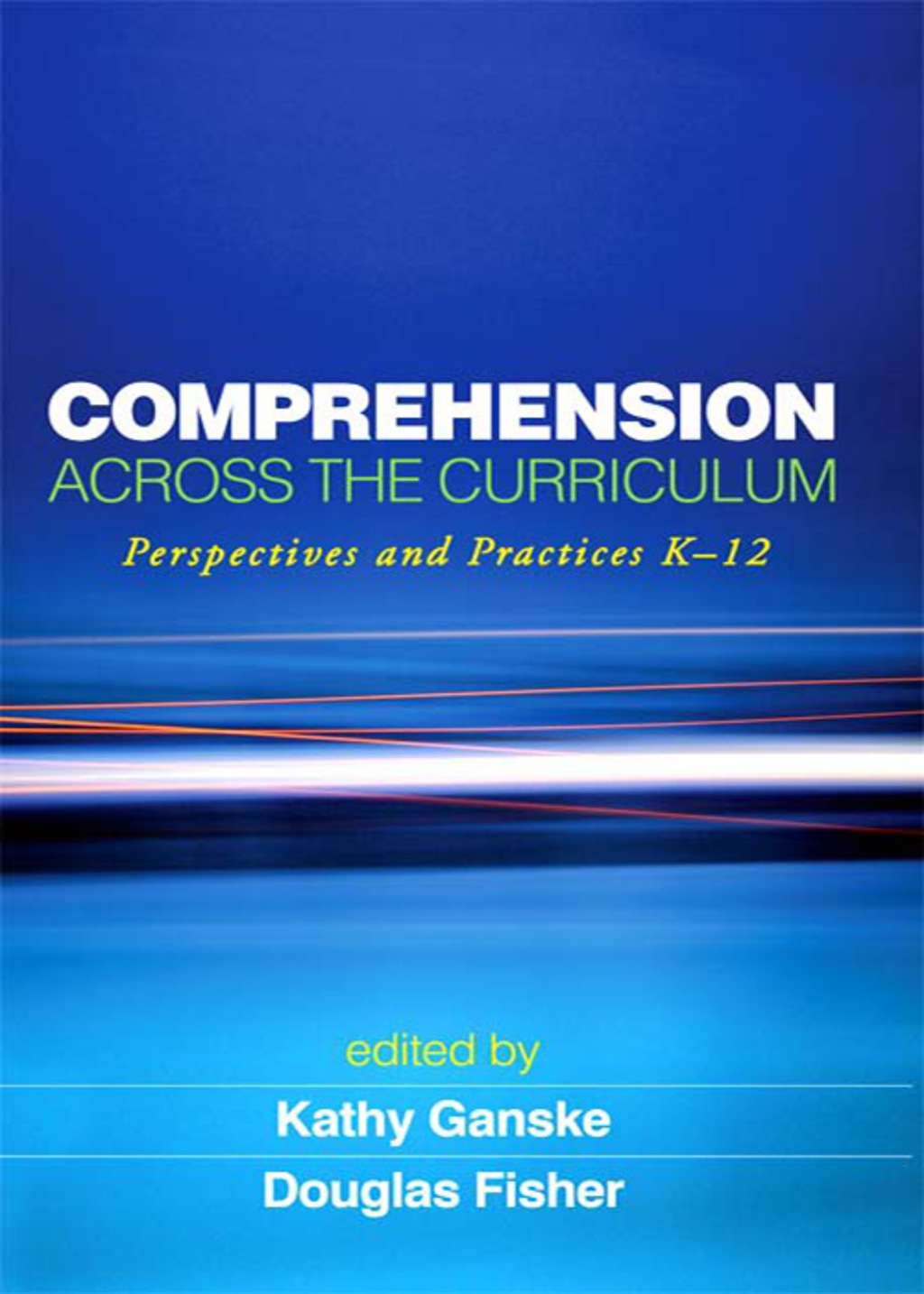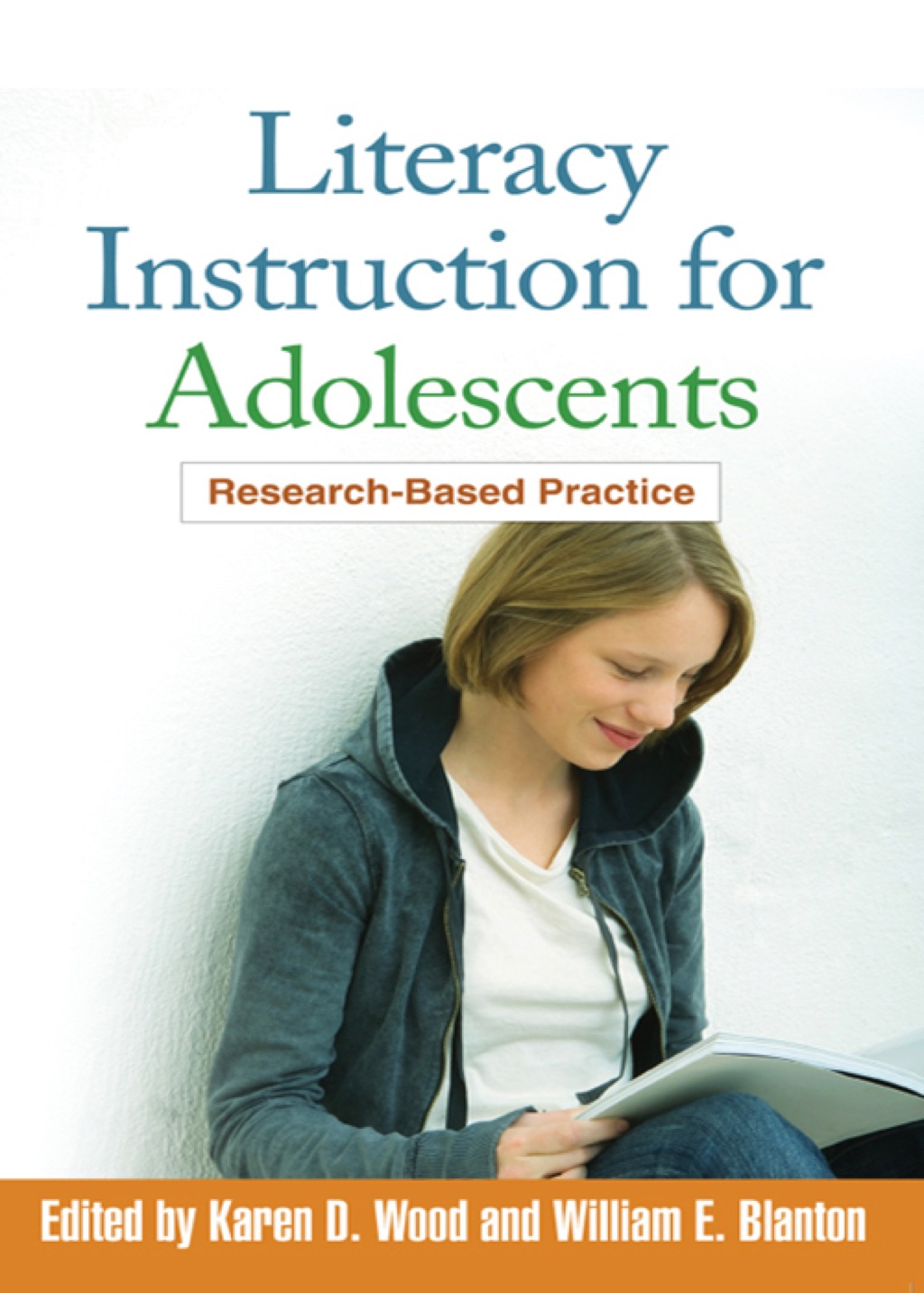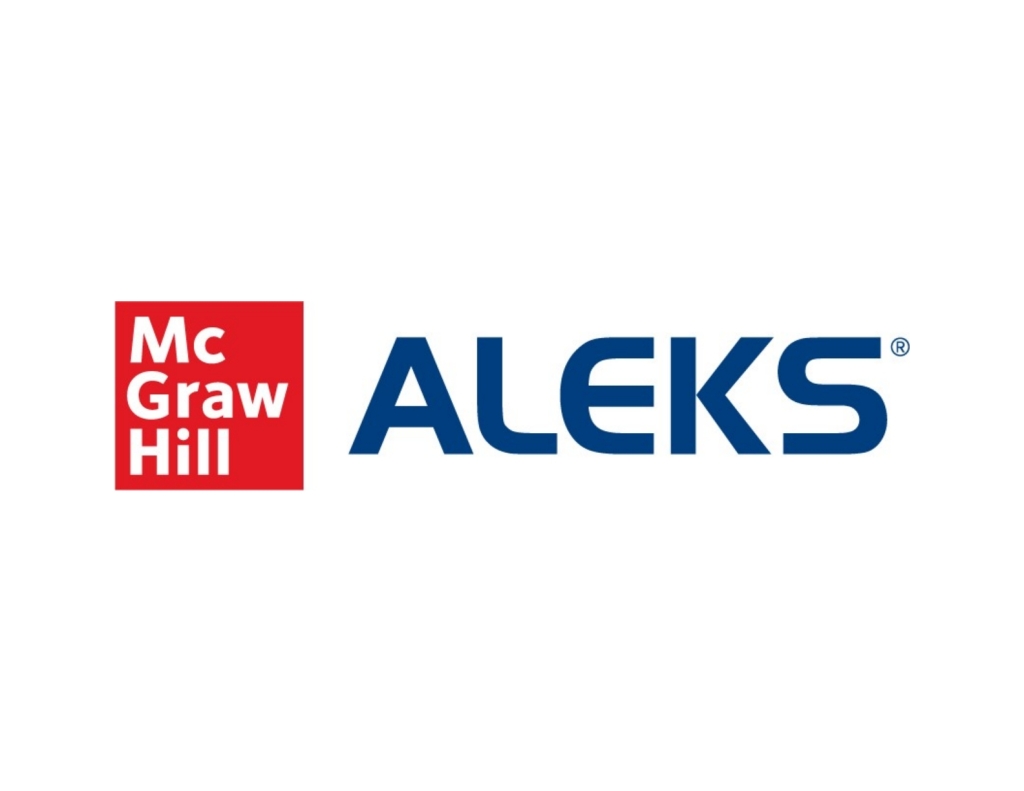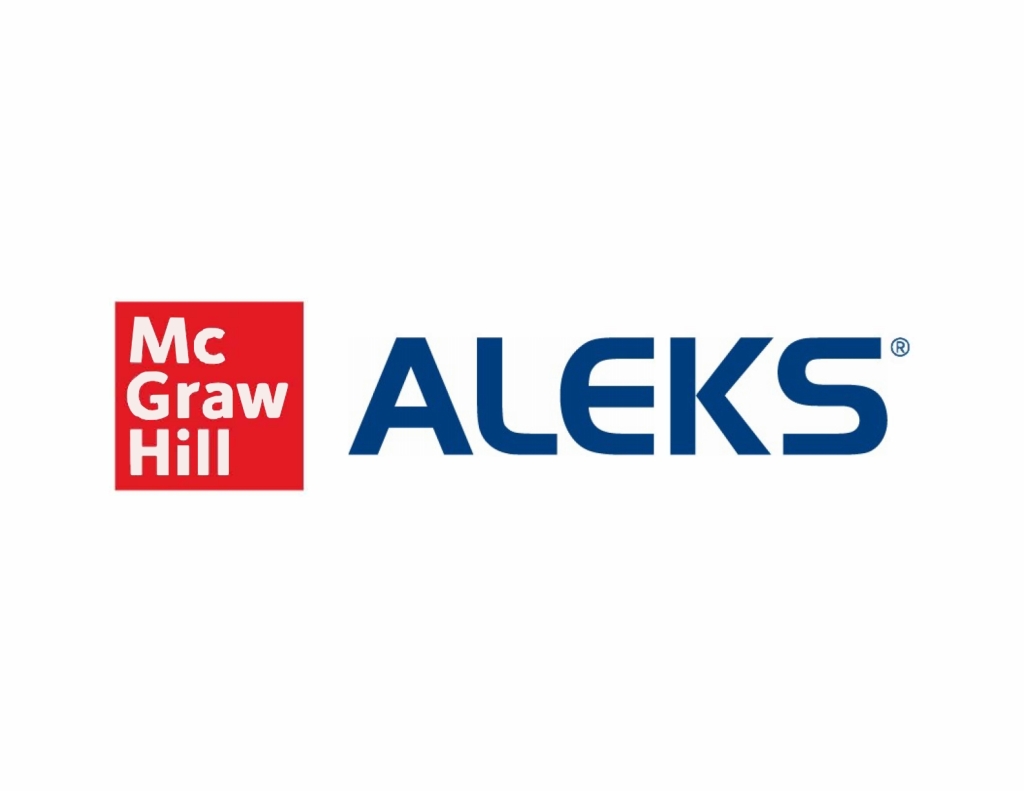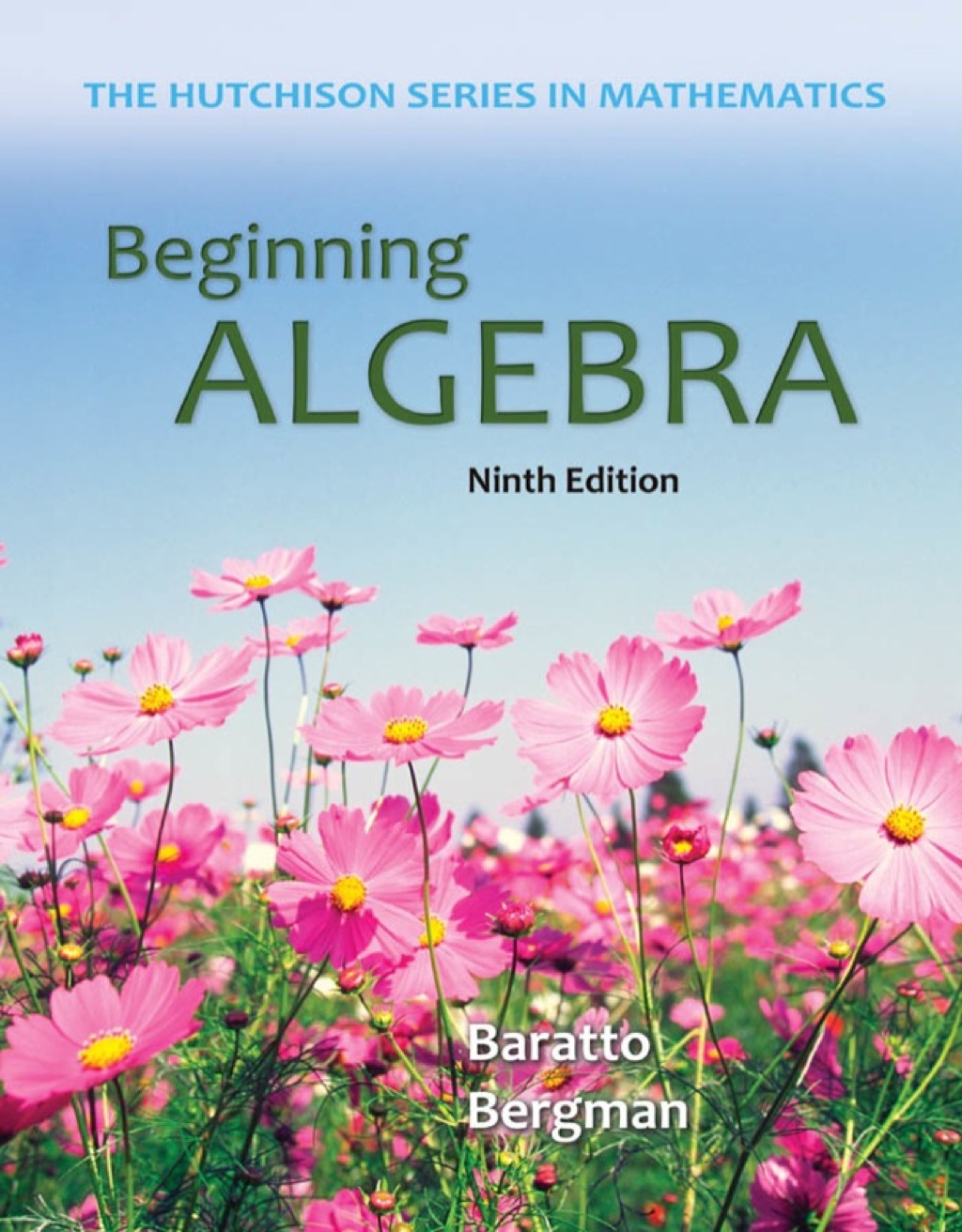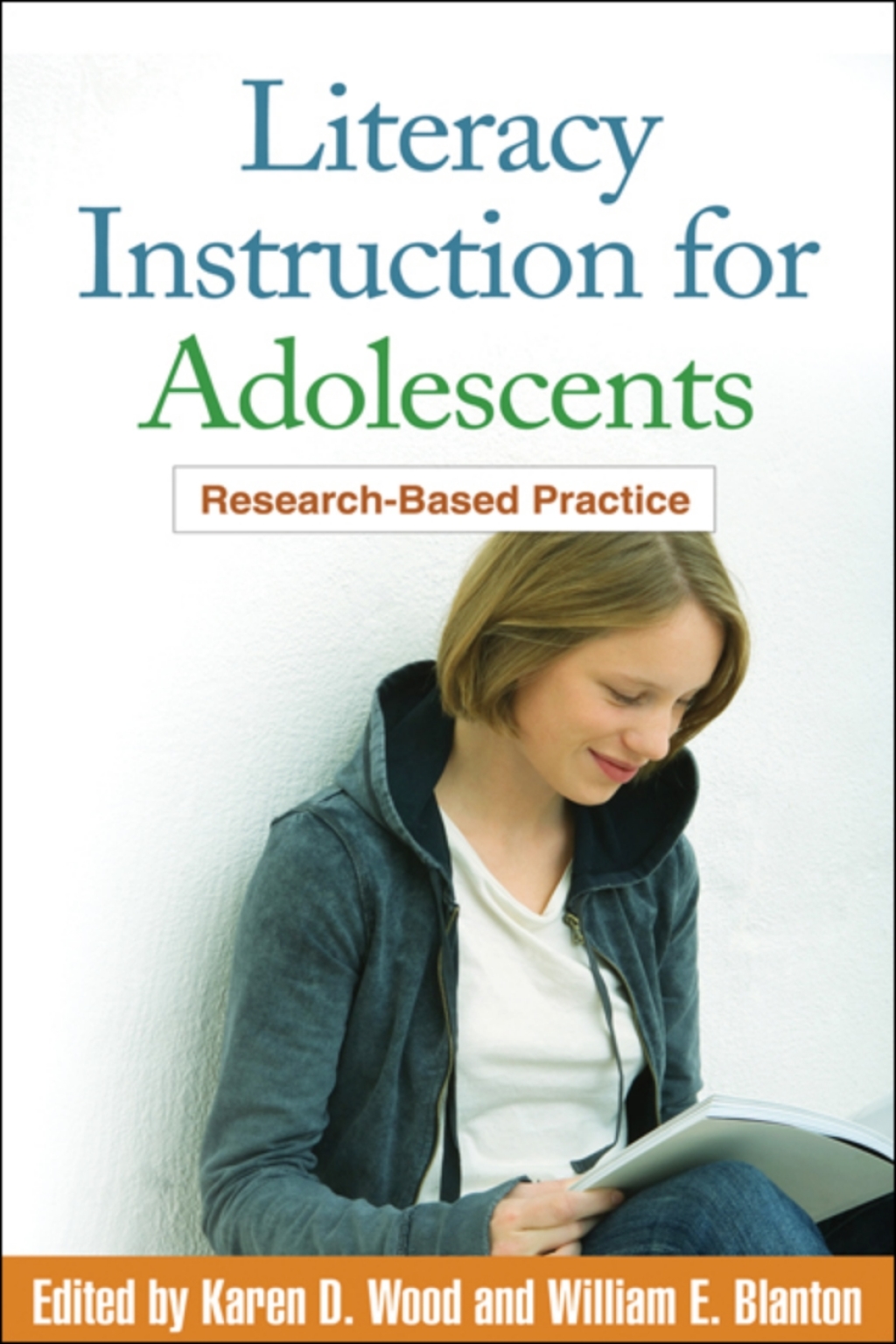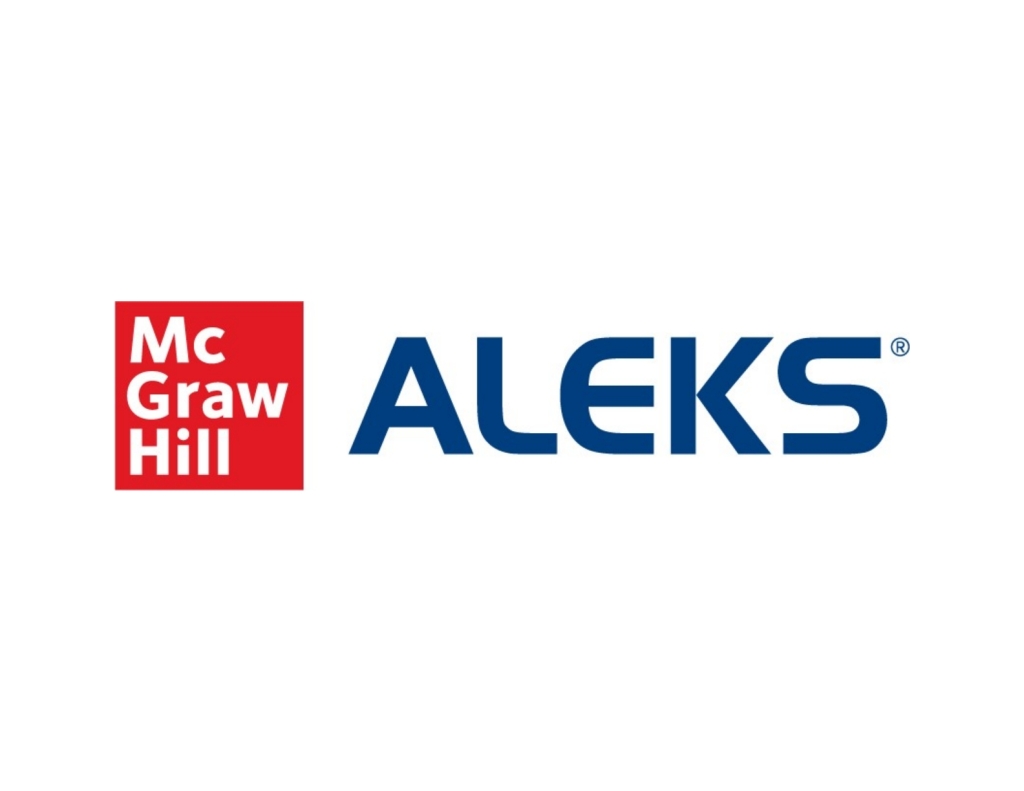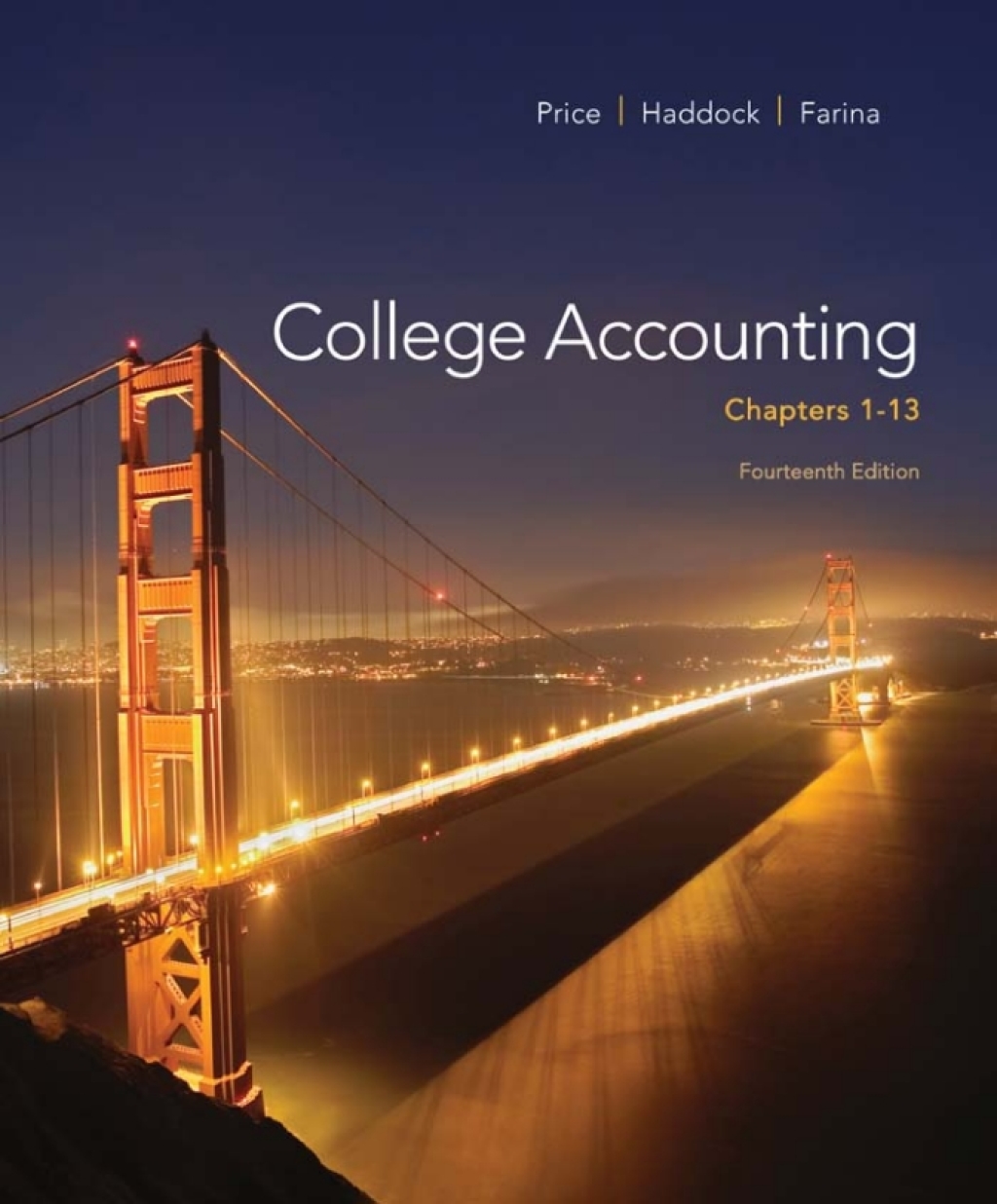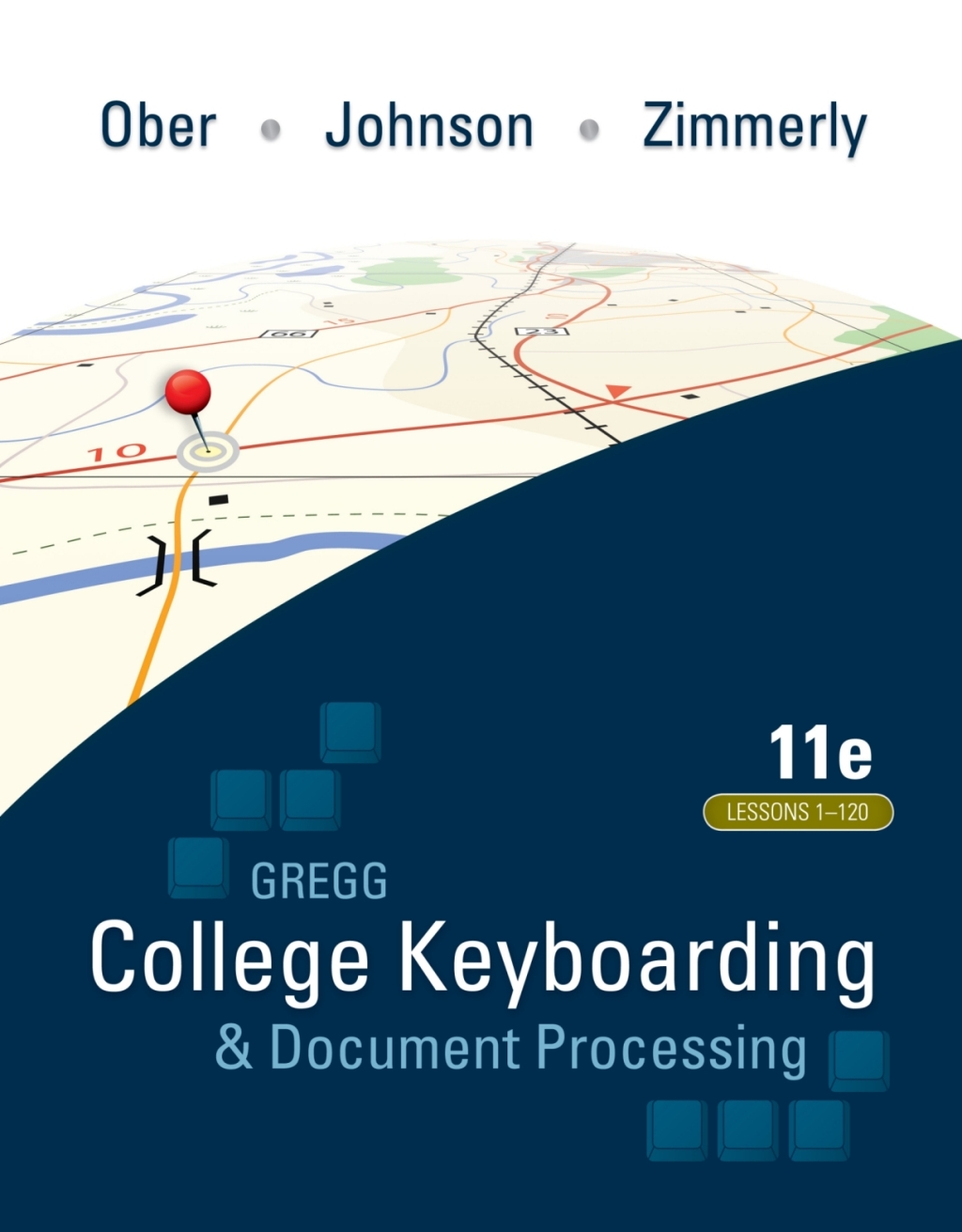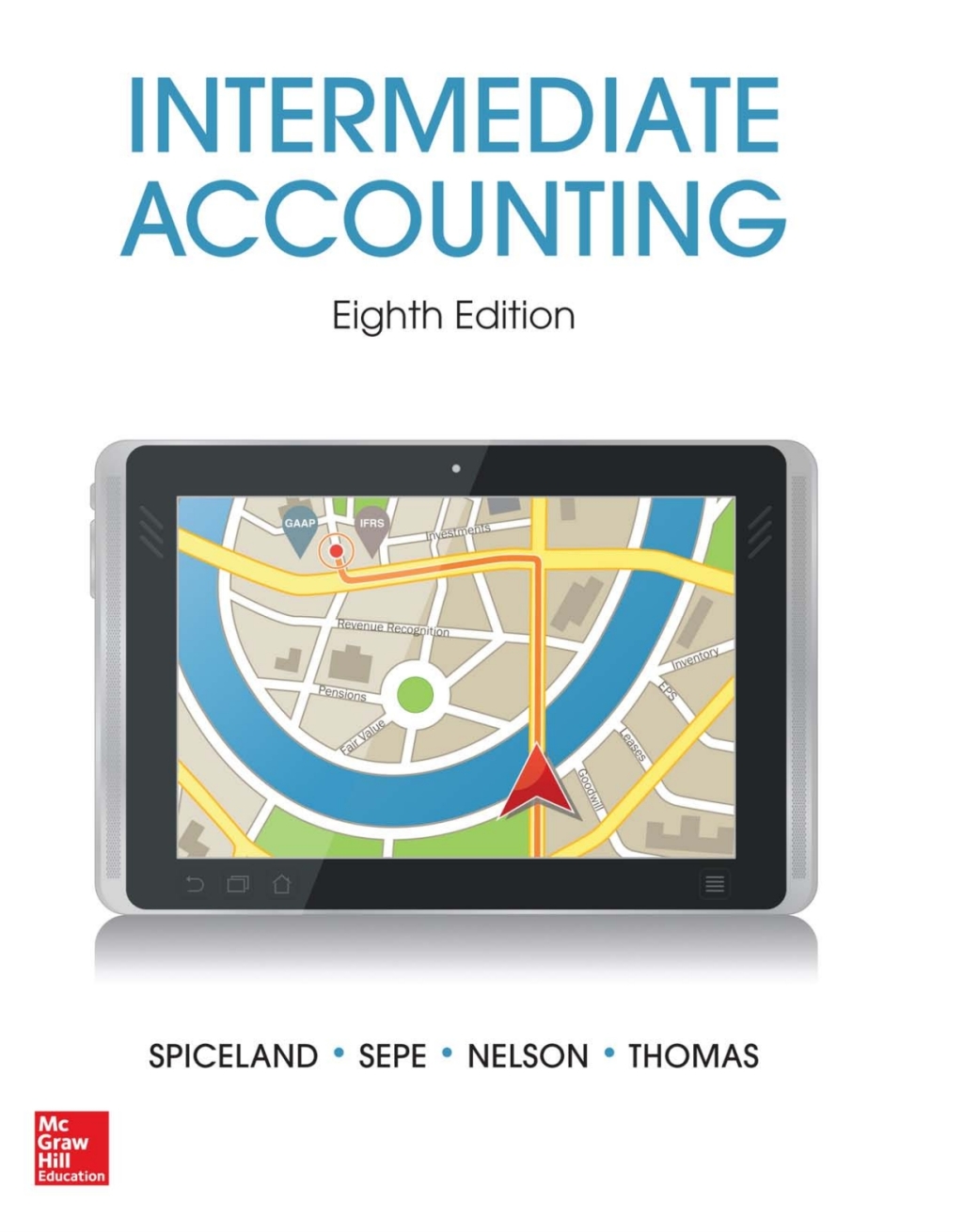Literacy Instruction for Adolescents Research-Based Practice
Author(s): Wood
Publisher: The Guilford Press
ISBN: 9781606231180
Edition:
$39,99
Delivery: This can be downloaded Immediately after purchasing.
Version: Only PDF Version.
Compatible Devices: Can be read on any device (Kindle, NOOK, Android/IOS devices, Windows, MAC)
Quality: High Quality. No missing contents. Printable
Recommended Software: Check here
Important: No Access Code
Description
Description
Thorough and accessible, this professional resource and text shows how the latest research in adolescent literacy can be translated into effective practice in middle and high school classrooms. Leading authorities discuss findings on the adolescent learner, addressing such essential topics as comprehension, content-area literacy, differentiated instruction, gender differences in literacy learning, and English language learners. With a focus on evidence-based methods, coverage ranges from techniques for building digital literacy and comprehension skills to strategies for flexible grouping and writing instruction. Ideal for courses in adolescent literacy, each chapter includes guiding questions, discussion questions, and classroom examples.
Related products
Literacy Instruction for Adolescents Research-Based Practice
Author(s): Wood
Publisher: The Guilford Press
ISBN: 9781606231180
Edition:
$39,99
Delivery: This can be downloaded Immediately after purchasing.
Version: Only PDF Version.
Compatible Devices: Can be read on any device (Kindle, NOOK, Android/IOS devices, Windows, MAC)
Quality: High Quality. No missing contents. Printable
Recommended Software: Check here
Important: No Access Code
Description
Description
Thorough and accessible, this professional resource and text shows how the latest research in adolescent literacy can be translated into effective practice in middle and high school classrooms. Leading authorities discuss findings on the adolescent learner, addressing such essential topics as comprehension, content-area literacy, differentiated instruction, gender differences in literacy learning, and English language learners. With a focus on evidence-based methods, coverage ranges from techniques for building digital literacy and comprehension skills to strategies for flexible grouping and writing instruction. Ideal for courses in adolescent literacy, each chapter includes guiding questions, discussion questions, and classroom examples.


